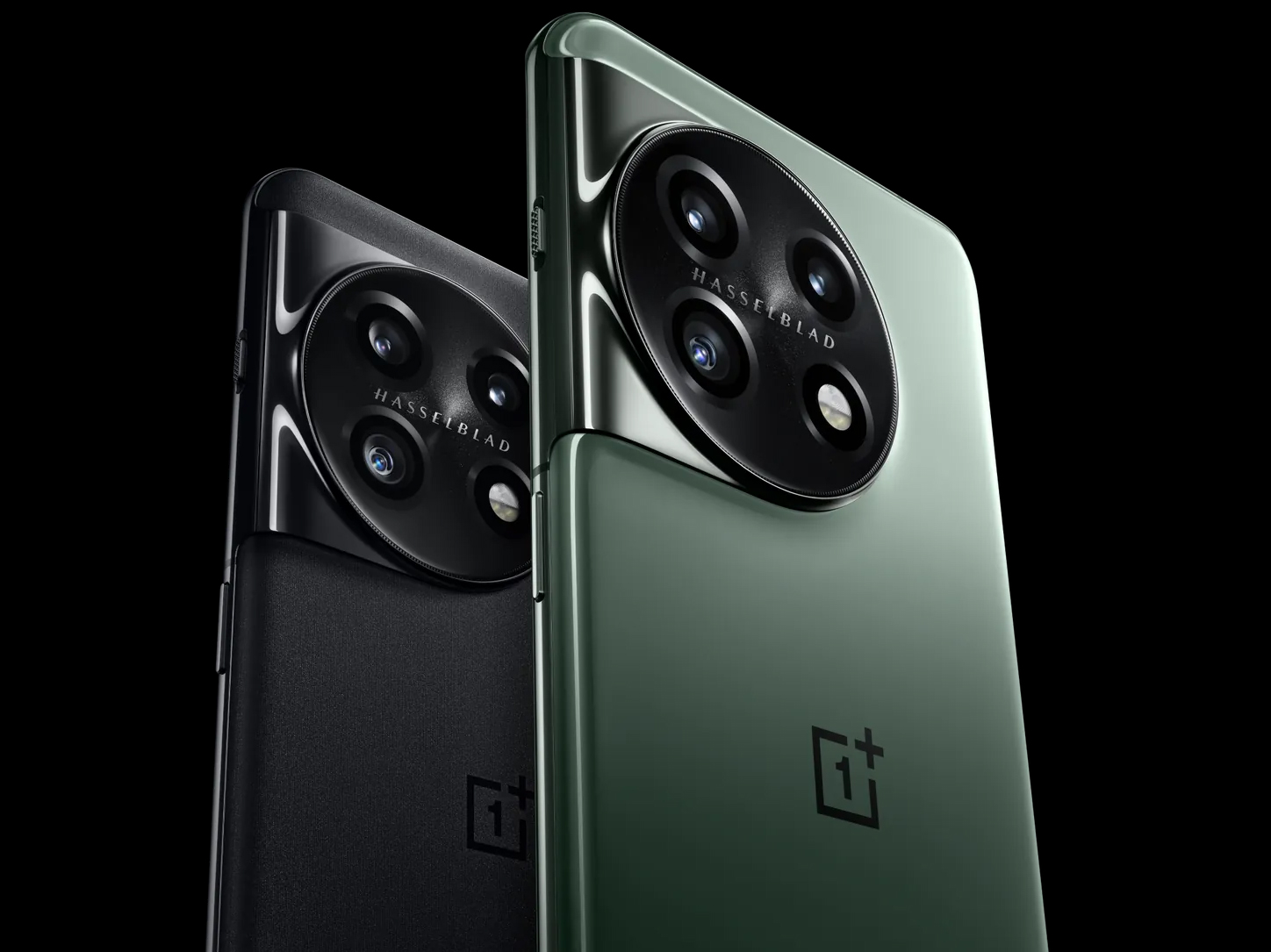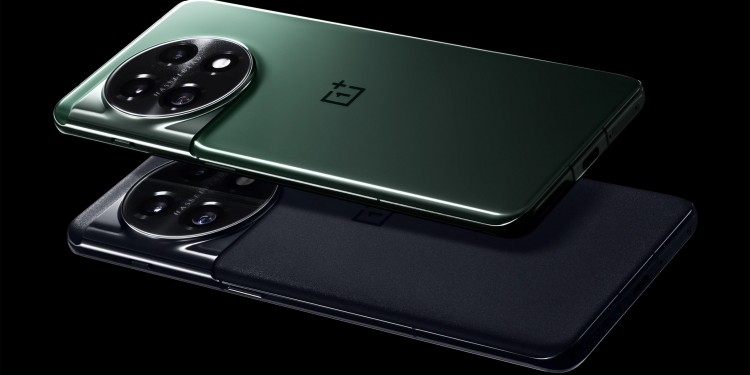OnePlus has launched its latest flagship, the OnePlus 11, in China—more than a month ahead of the global reveal. Yes, there’s no “Pro” suffix anywhere, but this is undoubtedly the company’s top-dog smartphone, and that much is evident once you dig into the spec sheet.
As expected, the OnePlus 11 comes with the latest Qualcomm Snapdragon 8 Gen 2 chip. Aside from an expected bump in performance over the 8 Gen 1 in the 10 Pro and the 8+ Gen 1 in the 10T, this upgrade also brings about improvements in memory and storage—you now get 12 or 16GB of LPDDR5X RAM (instead of LPDDR5) and 256 or 512GB of UFS 4.0 storage (previously UFS 3.1). A high-performance graphite heat sink is claimed to increase heat dissipation by 95%


Unlike the 10T, the OnePlus 11 loses out on the insane 150W SuperVOOC fast charging; it maxes out at just 100W. This move seems to be in service of fitting a larger battery, which has grown slightly from 4,800 to 5,000mAh. Unfortunately, the 11 also appears to omit the 10 Pro’s wireless charging.
Now we come to the bits that mark the 11 as a true successor to the 10 Pro, starting with the display. It’s a 6.7-inch curved AMOLED panel with a resolution of 3,216×1,440 pixels (525ppi), a peak brightness of 1,300 nits and an adaptive refresh rate of between 1 and 120Hz. It also comes with LTPO 3.0 technology that reportedly reduces battery consumption compared to the previous LTPO 2.0. All this is covered by Gorilla Glass Victus for improved drop protection over the 10T’s Gorilla Glass 5.

The OnePlus 11 also continues the Hasselblad branding last seen on the 10 Pro, affixed to giant circular camera bump that houses a mildly improved triple camera setup. The main camera features a 50MP Sony IMX890 sensor, optical image stabilisation and an f/1.8 aperture lens, while the ultra wide actually drops the resolution to 48MP via its Sony IMX581 sensor, sitting behind an f/2.2 lens.
But the biggest change concerns the 2x telephoto shooter, which uses an IMX709 sensor that bumps up the pixel count from a measly 8MP to 32MP, in addition to featuring a larger f/2.0 aperture. OnePlus also says the 11 features “RAW domain lossless computing” for more natural colours and detail, though it remains to be seen if you can actually get RAW files out of the box. Surprisingly, the selfie camera has gone back to a 16MP unit (down from 32MP on the 10 Pro) with an f/2.4 aperture.

For gamers, the OnePlus 11 features a HyperBoost 2.0 engine that promises to improve frame rate stabilisation by 10%. It also incorporates a Super Frame gaming engine that is claimed to not only provide improved resolution but also “HDR quality” and the ability to play over 100 mainstream games at 120fps—all using a “professional rendering chip”. That sounds a lot like the dreaded motion smoothing feature found on many TVs.
Another feature aimed at gamers is a “game cloud computing private network” that essentially functions as a private server, claimed to reduce latency during online gaming. OnePlus is offering a two-year free trial for Chinese users as part of Oppo’s new “smart cloud acceleration” service, but don’t expect it to be made available here anytime soon.

Other features include a “bionic” vibration motor for improved haptics and a returning alert slider, which was omitted (with some controversy) on the 10T. There’s also 5G, WiFi 6 and Bluetooth 5.3 connectivity, along with NFC, an under-display fingerprint sensor and stereo speakers with Dolby Atmos support. As usual, the OnePlus 11 runs on Oppo’s ColorOS 13 in China, but expect global models to feature an OxygenOS 13 skin over Android 13, along with four years of major Android updates and five years of security patches.
As with the 10 Pro, the OnePlus 11 is available in glossy green and a textured black, both with a stainless steel frame. In China, prices start at CNY3,999 (about RM2,558) with 12GB of RAM and 256GB of storage, rising up to CNY4,399 (about RM2,814) with 16GB of RAM and CNY4,899 (about RM3,134) with 512GB of storage.
That’s a significant price drop over the 10 Pro, which launched at between CNY4,699 (about RM3,006) and CNY5,299 (about RM3,390). For reference, the 10 Pro carried a sticker price of RM4,199 at its Malaysian launch.








